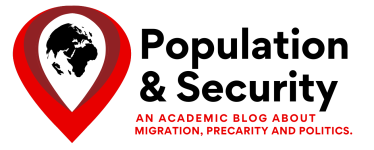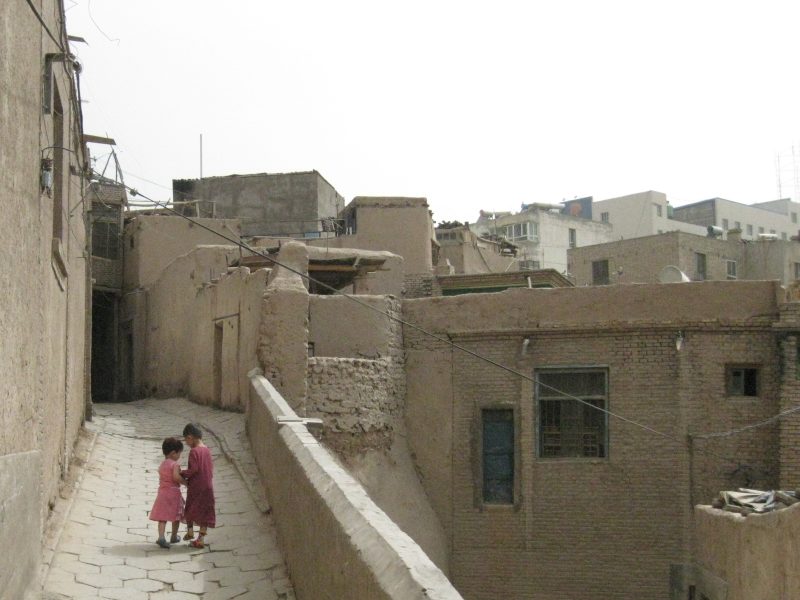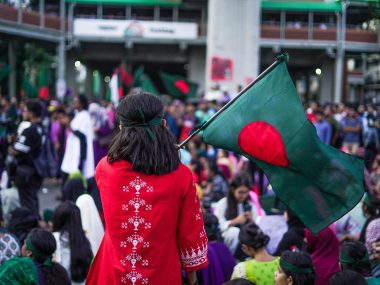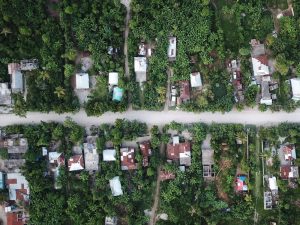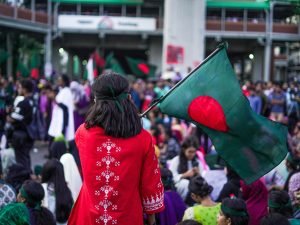On July 5, 2009, a mere month after I left the Xinjiang Uyghur Autonomous Region in China, violent clashes erupted between Uyghurs—a Turkic-speaking, Muslim practicing minority mostly concentrated in Xinjiang—and Han Chinese—the dominant ethnic group in China. While the Chinese government was quick to blame the three forces of “separatism, terrorism, and extremism,” an alternative explanation gradually emerged. Could the sustained influx of Han Chinese who resettled in Xinjiang over the years have contributed to the latest outburst of violence by changing the demographic picture of the region?
Demographic changes in Xinjiang, 1955-2020
Located in the northwestern part of China, Xinjiang has experienced tremendous population changes since its creation in 1955. At the time, the Uyghurs constituted the region’s ethnic majority with 75% of the population, though 48 other ethnic groups also resided on the territory, including Hui Chinese, Mongols, Kazakhs, and of course the Han Chinese.
Since then, the Chinese Communist Party (CCP) has implemented numerous policies meant to move and remove populations from Xinjiang. From the 1950s to the 1980s, three million Han Chinese resettled in the region as part of various state-organized resettlement programs. Although these policies were discontinued shortly after Mao’s death, millions of millions of voluntary migrants from Inner China have continued to ‘go west’, lured by the prospects of employment in Xinjiang’s large oil, coal and natural gas industries. Tellingly, as Han Chinese moved into the region, the CCP removed young Uyghurs from Xinjiang and relocated them in eastern China to work in factories, which further exacerbated the population substitution occurring in the region.
The sum total of these policies rapidly transformed the demographic makeup of the region: from a meagre 6% of Xinjiang’s permanent population, the share of Han Chinese increased to 42% in just under seven decades. According to the 2020 population census, the Uyghurs remain the largest ethnic group in Xinjiang at just under 45%. Considering that the Han Chinese population is growing at a much faster rate than that of the Uyghurs (25% vs 16%), and that Chinese provincial censuses do not account for the large populations of ‘floating’ migrants who relocate without having a household registration/hukou or for the military contingents located in the region—both of which tend to be almost exclusively Han Chinese—the Uyghurs’ demographic majority may be holding by a thread.
Connecting internal migration and conflict in Xinjiang
Still, demographic changes are rarely sufficient on their own to result in violent clashes. After all, internal migration happens nearly everywhere and not all regions experiencing large inflows of migrants have seen violent clashes between recently relocated internal migrants and ethnically distinct local people—also called ‘Sons of the Soil’ conflict. Other contributing factors must be present.
My work shows that the relocation of people who belong to the dominant ethnic group of a country—i.e. in this case, the Han Chinese—is especially likely to generate violent local backlashes. Such dominant migrants are in a unique situation: they are in a vulnerable position as a demographic minority at the local level, but they also derive substantial –and often exclusive— benefits from their close connection to the country’s main political and economic organs, which can in turn threaten the local environment, the economic livelihood as well as the very social fabric of the local group where they reside. The multiple violent clashes targeting Han Chinese migrants taking place since 2009 illustrate these dynamics.
Making the case for a political demography approach to conflict and security
The demographic changes experienced by Xinjiang in the 20th century may be “unparalleled in the modern history of Central Asia”, but they exemplify the roles that demographic changes in general, and internal migration in particular, play in group conflict and security issues.
As political demographers remind us: state policies can transform the size and composition of a population by altering its fertility, mortality or migration rates, which can in turn affect the distribution of power within and between states. Such policies may notably include China’s one-child policy, its surplus male population, as well as its various programs of mass migration.
The literature on mass migration and security is typically divided into two camps. The first focuses on mass migration as a threat to national security, and explores among other things whether a higher number of international migrants increases the propensity for terrorist attacks in a host country –spoiler alert?: it doesn’t! The other approach flips the narrative and focuses instead on the various threats to the human security of migrants, by examining, for instance, the risks of sexual assaults in refugee camps.
But, as the example of Xinjiang illustrates, a lot happens in-between at the societal level, as violent clashes erupt between locals and migrants. While the impacts of internal migration on security are most acute in the host society, they can nevertheless be felt at the individual level, as migrants may become the targets of nativist attacks; at the national level, as violence may be framed as a terrorist act threatening national security; and at the transnational level, resulting in the securitization of borders.
This brief overview of the evolving situation in Xinjiang underscores the need for more research on the population/security nexus as a whole, and on migration/conflict in particular. After all, the dynamics depicted above are not specific to Xinjiang, nor do they show any signs of abating. Most recently, the multiple migration flows triggered by the Russian invasion of Ukraine and the violent protests surrounding COVID-19 mobility restrictions certainly teach us this much.
